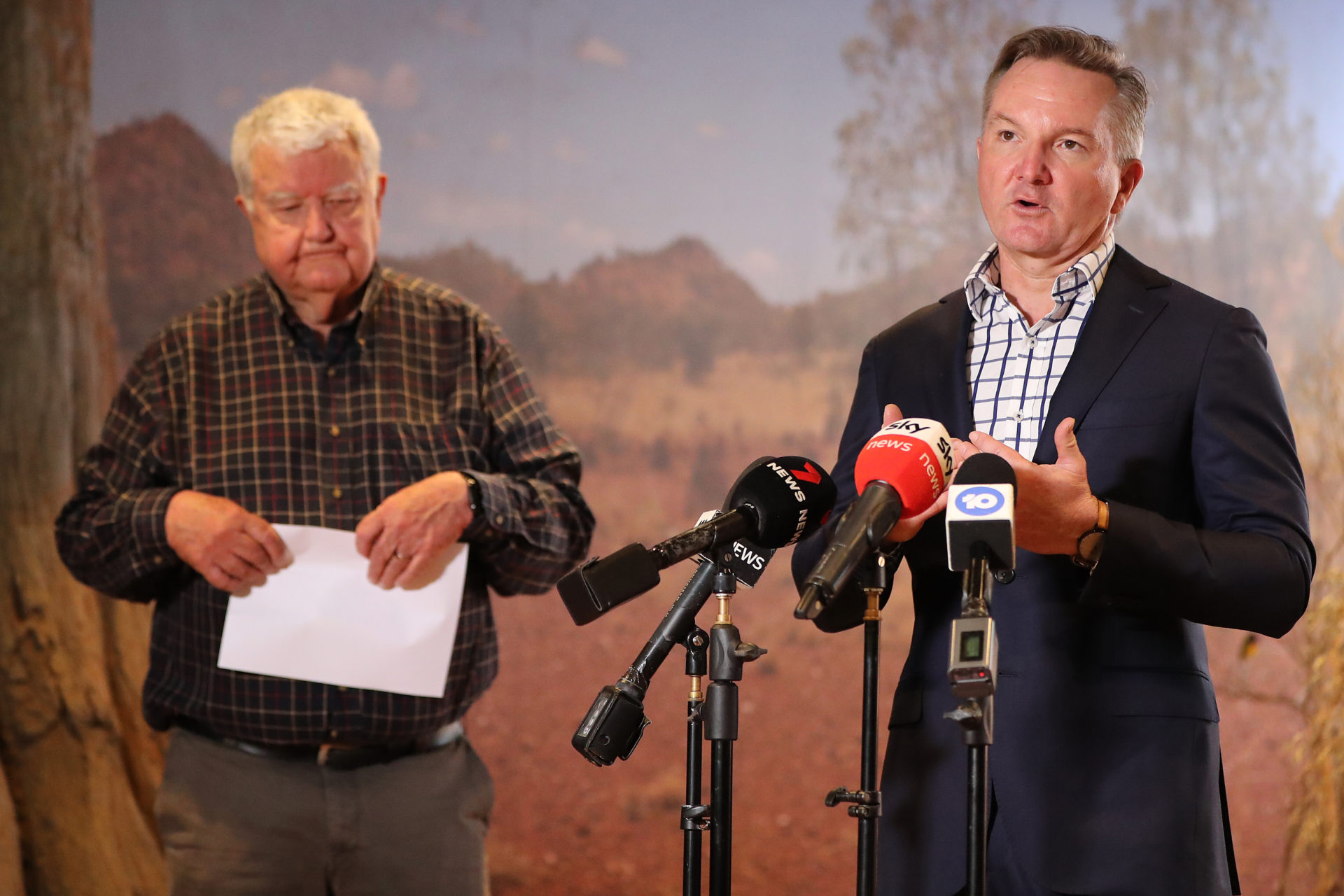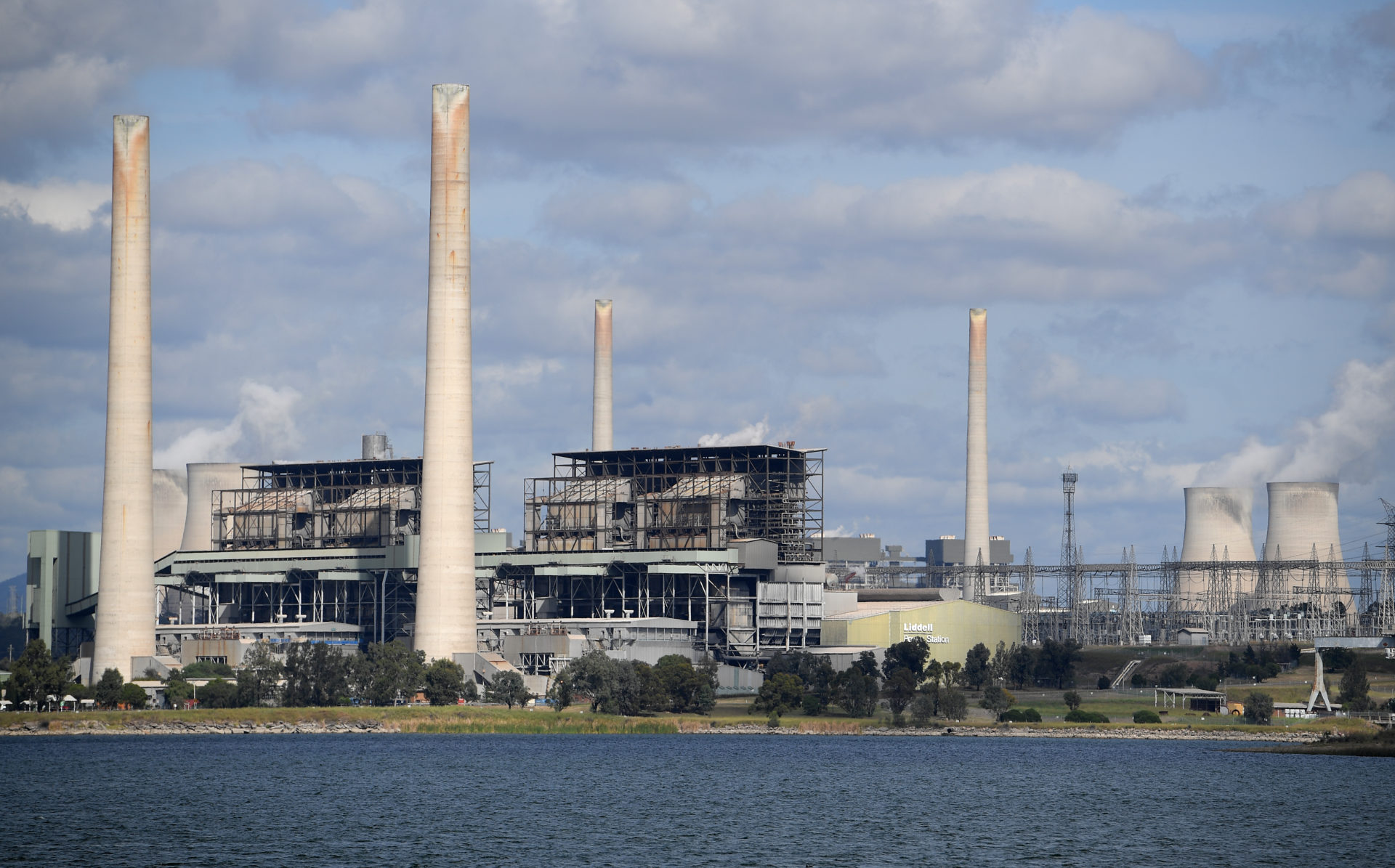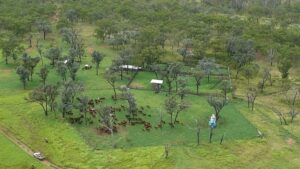The Safeguard Mechanism and the junk carbon credits undermining emission reductions
One of Labor’s key policies to reduce emissions is the Safeguard Mechanism. But how does it work, and how effective is it at actually reducing emissions?
The dangerous loophole within the Safeguard Mechanism
The Safeguard Mechanism is a legacy policy from a former Coalition government that is aimed at reducing emissions from emissions-intensive industries, which have been growing dramatically in Australia. It’s focused on large projects across a range of industries, such as manufacturing, coal mining and gas processing. Projects are called ‘facilities’ and have limits placed on how much they can pollute. Labor is proposing to gradually tighten these limits each year, theoretically forcing facilities to reduce their emissions over time.

However, there is a critical loophole in the policy that is unlikely to be closed: facilities can either implement technology that will reduce their carbon pollution, or they can simply purchase carbon credits to ‘offset’ it. Because the Safeguard Mechanism is dominated by the gas and coal industries – which if anything are planning on increasing emissions – the risk is that the reformed Safeguard Mechanism will allow business as usual by big emitters and drive unprecedented demand for carbon offsets.
This makes the carbon offset and fossil fuel industries the biggest beneficiaries of the scheme with no evidence that emissions will be reduced.
What are carbon credits and carbon offsets?
The Australian Government issues carbon credits to individuals or businesses undertaking certified activities to reduce emissions across the economy, such as planting trees, not clearing vegetation or capturing gas from landfill. One tonne of carbon dioxide equivalent (CO2-e) stored or avoided is awarded one carbon credit. This can then be sold to businesses needing to ‘offset’ a tonne of Co2-e they have put into the atmosphere.
When a facility buys a carbon credit to offset their emissions it allows them to temporarily say they have ‘neutralised’ their emissions, without changing their operations. Buying carbon credits year after year means that a business is not making the changes they need to legitimately help decarbonise the economy. In fact, at a time when we need to be cutting emissions as fast as possible, the government is confident that we can have huge gas and coal expansion in Australia and still meet our climate targets… as long as everything is ‘offset’.
Even if carbon credits did everything they’re supposed to and safely stored or avoided carbon emissions forever, they’re not a path to decarbonisation. Most carbon credits in Australia come from trees – not from planting them – but from not cutting them down or just putting a fence around them. If industry is not decarbonising then that puts more and more pressure to find ways that trees and the land can permanently store their pollution.
It gets even worse when the credits don’t do what they’re supposed to.
Do carbon credits actually represent real emissions reductions?
Critically, research from ANU and UNSW, the Australia Institute and a number of independent researchers and academics have questioned the integrity of Australia’s carbon credits in recent years. There is significant evidence that at least 75% of Australian carbon credits are not resulting in real emissions reductions or are not ‘additional’. For example, credits being claimed and sold for not clearing land that was never going to be cleared anyway. Or credits being given to projects for growing trees when it was the rain that was making the trees regenerate.
Even reports commissioned by the government have demonstrated significant problems.
If carbon credits have no integrity and are used to justify emissions by claiming to offset them, the result is a net increase in emissions.
The Chubb Review
In response to concerns raised, the Government launched an independent review to investigate issues around the development and governance of carbon credits in Australia (the Chubb Review). The Australia Institute raised concerns around the review process and the independence of the panel which appeared to have strong links to the carbon market. One panel member was reported to promote them as an investment opportunity while the review was occurring.
The Government appeared to preempt that the review would not find any substantial issues, ploughing full steam ahead with reforms of the Safeguard Mechanism before the Chubb Review had concluded. Minister Bowen encouraged participation in the carbon market while the review was taking place, emphasising the importance of “building demand” for carbon credits and saying “carbon credits will play a vital role in our government’s climate action plan … but we must do more to unlock the full potential of the carbon credit system”.
The Chubb Review gave Australia’s carbon credits a clean bill of health, yet the panel ignored all the findings of a report it commissioned from the Australian Academy of Science, which confirmed the concerns raised by experts. In its report, the Review Panel says it disagrees with evidence that carbon credits lack integrity, because “it was also provided with evidence to the contrary”, yet we don’t know what this contrary evidence actually is. It also recommended a raft of improvements, which seems to indicate that there are problems worth fixing.
The review of carbon credits has failed to provide assurance that Australia’s carbon credits have integrity. Because of this, there is a huge risk that by designing the Safeguard Mechanism to skyrocket demand for junk carbon credits, total emissions will actually increase.

Ultimately, fossil fuel producers looking to continue operating and expanding will plan on buying millions of carbon credits every year to meet their obligations under the Safeguard Mechanism.
With the reformed Safeguard Mechanism policy due to become law soon, the public is entitled to ask: which companies are actually directly reducing their emissions? How many junk carbon credits will be used by safeguard facilities? What role, if any, is appropriate for offsets in Australia’s emissions reduction policies?
We’ll explore these questions and more at our Climate Integrity Summit on 15 February. Featuring leading experts and key parliamentarians, the Summit will discuss overreliance on carbon offsets and the risks of policy that serves the fossil fuel industry rather than the climate.
Related research
Between the Lines Newsletter
The biggest stories and the best analysis from the team at the Australia Institute, delivered to your inbox every fortnight.
You might also like
Here are 23 Times Carbon Offsets Were Found to be Dodgy
Carbon offsetting has received a lot of attention recently. As businesses and governments look to meet their climate targets, many are turning to carbon offsets. That is, they are paying someone else to reduce or avoid putting greenhouse gases into the atmosphere, so they don’t have to.
The carbon con killing koalas
The NSW Labor Government took office promising to create a vast koala sanctuary on the state’s mid-north coast – the Great Koala National Park. Despite the threat of koala extinction in the state, more than a year later the Great Koala National Park is yet to be established.
Can carbon offsets save the environment?
If you’ve ever ticked ‘yes’ to offsetting your carbon emissions when you booked a flight, it might have felt like you were doing something good. Planting some more trees to make up for your trip certainly offsets our guilt. But does it actually take carbon out of the atmosphere?



